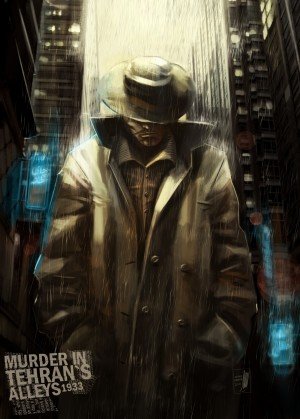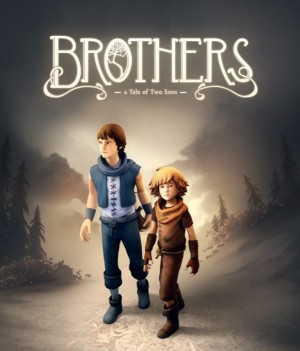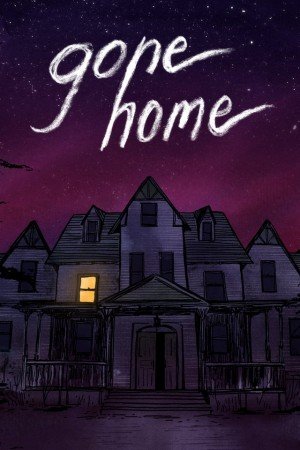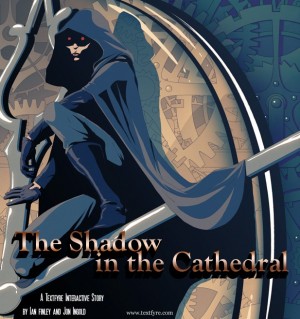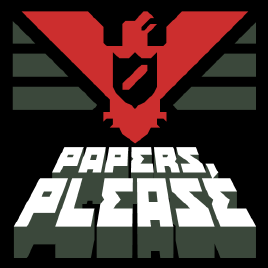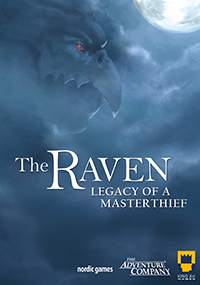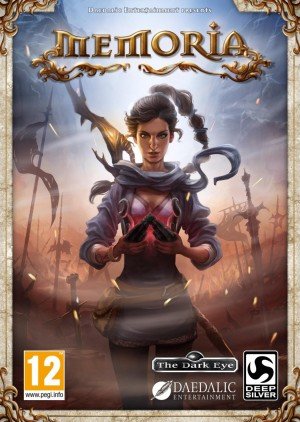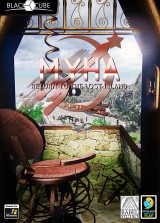Review for Murder in Tehran’s Alleys 1933
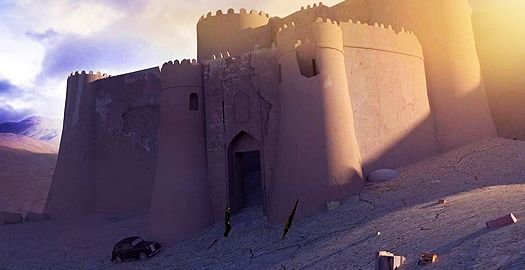
Since time of writing, this game has been re-released with an updated translation and performance fixes. This review is based solely on the original version of the game.
I love a good murder mystery/crime thriller. It’s one of my favourite genres whether it’s in movie, novel or game form. Heck, if I had a vast amount of wealth I might just spend my life trying to be an adult Nancy Drew. So when I heard about Murder in Tehran’s Alleys 1933, an indie period mystery from Iranian developer RSK Entertainment, I leapt at the chance to play it. Along with the promise of visiting a unique cultural setting, I naturally hoped for an engaging mystery with colourful characters, plot twists and a heaping dose of Persian-style film noir atmosphere. And I’m pretty sure that at least some of that is buried in here. Unfortunately, you really wouldn’t know it from the all-encompassing translation issues and a few bugs that make for an incredibly frustrating gameplay experience.
The premise is certainly riveting enough. You play the game as Afshar, a detective in the Iranian police force who has been tasked with finding a killer who has been murdering children. The killer's methods are gruesome: after being tortured to death, the bodies are cut up and the heads severed and dumped elsewhere. Afshar has three days to find the murderer and put a stop to these terrible killings. Why three days? Well, there's a vague reference to the public panicking about a serial murderer in their midst, but other than that it's not really explained.
The first thing you’ll notice about the game is that it’s not in English – at least not the spoken dialogue (there are English subtitles, of course). Instead, all characters speak (what I presume to be) their native Persian. This part I didn't mind. When I watch foreign films, I prefer to watch them subtitled rather than dubbed because it simply sounds more natural to my ears. Games are much the same. But if you’re going to go that route, then you need to have at least a somewhat decent translation. Murder in Tehran's Alleys... doesn’t. In fact, I could probably make this entire review about the awful localization. But I’ll save those issues for later. For now, let’s focus on the good aspects of the game.
The one thing this game does get right is atmosphere. As its title suggests, the story is set in 1933 and I was entranced by the setting. The music has a mysterious, authentic (or what I'd imagine to be authentic, since the developers are from the area) local feel to it. The graphics are quite good, with beautiful 2D backgrounds that helped me feel more immersed in the world. But you'll spend the majority of your time at the police station, though you will get to relax after a long day with a cup of tea at your own house. And of course there are the crime scenes, including one at a fantastic old castle in the middle of the desert. There isn't much ambient animation, but then there doesn't really need to be. The cutscenes are also very effective, although done in a much different comic book style. Adding more cultural flavour, there are books and newspapers lying around that include everything from historical accounts of Iran to children’s stories to old advertisements of the period.
Character depictions are a little less impressive, unfortunately. For starters, in-game Afshar is shown to have black hair and a mustache. However, in the cinematics he's depicted as an old white-haired man, which was a little confusing. There's an option to either walk or run through a location (left-click once for walk, double for run) but this seems to be a fairly temperamental command and most times Afshar seems to just go at whatever pace he pleases. As for the other characters, none really stand out visually. The only real way to distinguish between them is by their clothing, as their facial features aren't all that well defined.
The point-and-click interface is straightforward. Left-clicking allows you to look at or interact with objects and people. Pressing the spacebar will highlight any hotspots you might have missed (a feature I have come to appreciate in games, although I try not to use it unless absolutely necessary). Hovering the mouse over the top of the screen will bring up your inventory, at which point you can left-click to select an object or right-click to get a description. There's nothing really new here, but the game does a pretty good job of implementing its tried-and-true mechanics.
Puzzles are mostly inventory-based, with the occasional logic puzzle thrown into the mix. You pick up objects you find, never usually holding more than fifteen at a time, and can combine them to perform various tasks from lockpicking doors to helping a small child make a kite. You can also take items apart, but there’s never any instruction that you can do this. I discovered it only accidentally after being stumped for fifteen minutes on what to do next before right-clicking a knife I had made previously, causing it to separate back into its component parts.
Nor is there any indication as to when objects or people might be important. For instance, at the beginning of the game I clicked on a random newspaper and received the message “Just the routine news.” When I checked again later in the game, I received the same message and assumed it was just one of those hotspots. However, much later on, as I was madly searching for any sort of hint about what to do, suddenly the newspaper had something to report, but even then it was only after I'd exhausted every dialogue option with every character possible. There was one challenge I couldn't end up solving at all because of a bug, involving a slider puzzle in which I couldn't actually move the sliders. Thankfully, there is an option to skip the puzzle if it proves too difficult (and in this case, it certainly did). Another glitch had a character answer a door while clearly missing her arms. She still managed to get the door open though.
Well, that’s about as far as I can go before returning to the translation, because it ends up affecting almost every aspect of this game. It’s bad. I mean...it’s really bad. It looks as though all the dialogue and descriptions were put through Google Translate. Yes, that bad. If I hadn't had to review the game, I'd say it's downright unplayable bad.
For starters, the plot becomes extremely difficult to follow. I knew that there were murders. I knew it involved children. I could gather eventually that the government was somehow involved. But apart from that, most of the intricacies of the plot or significance of the characters escaped me. Just as an example, shortly after a murder occurs there is a newspaper article with the headline: "Murder Octopus Kills Another Poor Fish". Well, it's a headline that gets attention, I'll give it that.
It doesn't help that some of the subtitles are of a similar colour to the background and are difficult to make out. To make matters worse, there is no log or record of the dialogues to look back on, so much of the time you only have one shot at making out what a character is saying.
Then there are puzzles which are only challenging because of the poor translation. Sometimes the instructions are unclear, such as when a character challenges you to a game of "Connect Four" that in actuality is Tic-Tac-Toe. Occasionally it works in your favor, entirely by accident, such as when I combined a piece of wood and rope and it was listed as "wood and iron", unintentionally telling me that I would need to pick up an iron bar as well.
But most of the difficulty for me came from attempting to read Afshar's personal diary, which you can check routinely to see the notes he's made. The idea, in theory, is that you'll get clues to your next action or simply be able to review what happened during the day, but for the life of me I could not decipher the passages apart from the occasional glaringly obvious clue such as "I should go read the newspaper." The rest are headache-inducing. Here's one example from early in the game:
"Prohibiting of writing foreign words and using them in files numbering and grading. Just in comparison with the acts that have been ordered several times and don't execute, perhaps execution of this order is so penetrating."
I'm still trying to figure out what this means, let alone how that could help me solve a puzzle.
The translation is so unintelligible, I wasn't sure if the diary was providing me with clues or was meant to be used only as a cheat sheet if I was absolutely stuck. At one point, I was tasked with solving a "Sudoku" puzzle (it was not a Sudoku, it was a Magic Square, although they give the rules for Sudoku). Stumped, I looked at the diary to see what other areas I might explore and suddenly, boom, sitting there right in front of me was a diagram of the puzzle solution. I was confused, not least because there is an actual hint icon that occasionally appears in the bottom right corner of the screen which shows diagrams of how to solve certain inventory puzzles when clicked.
As icing on the cake, at the very end of the game there is a multiple choice quiz to determine whether you succeed or not, and darned if I knew half of those answers. (Predictably, even the questions were confusing.) As a result, I ended up accusing the wrong man and got myself killed in the process. At least, I think I was wrong. Needless to say, I did not have any patience left to go back and see if I could find the right answers or even whether it made a difference.
I realize I've concentrated mostly on translation, but that's because it's simply impossible to get past while playing. I wanted to like this game – I really did – and the sad fact is that without the terrible translation, I suspect this might actually be a pretty decent game. Instead, by about the midway point I was rushing to get through it. I couldn't get attached to any characters, and I'd I stopped trying to make sense of the plot long before that. I clocked in about six hours all told, and much of that was spent squinting at the subtitles in despair. In the end, I was impatient for it just to be over, which is always a bad sign when playing a game.
Murder in Tehran's Alleys 1933 is a cautionary tale to all indie developers who want to localize their games into English: no matter how much or how little you have to spend, make sure you can afford a decent translator. Maybe your graphics won't be as crisp. Maybe you'll have to take a pay cut. But at the very least, people will want to play to the end. Otherwise, you may as well just leave your game in the alley.


